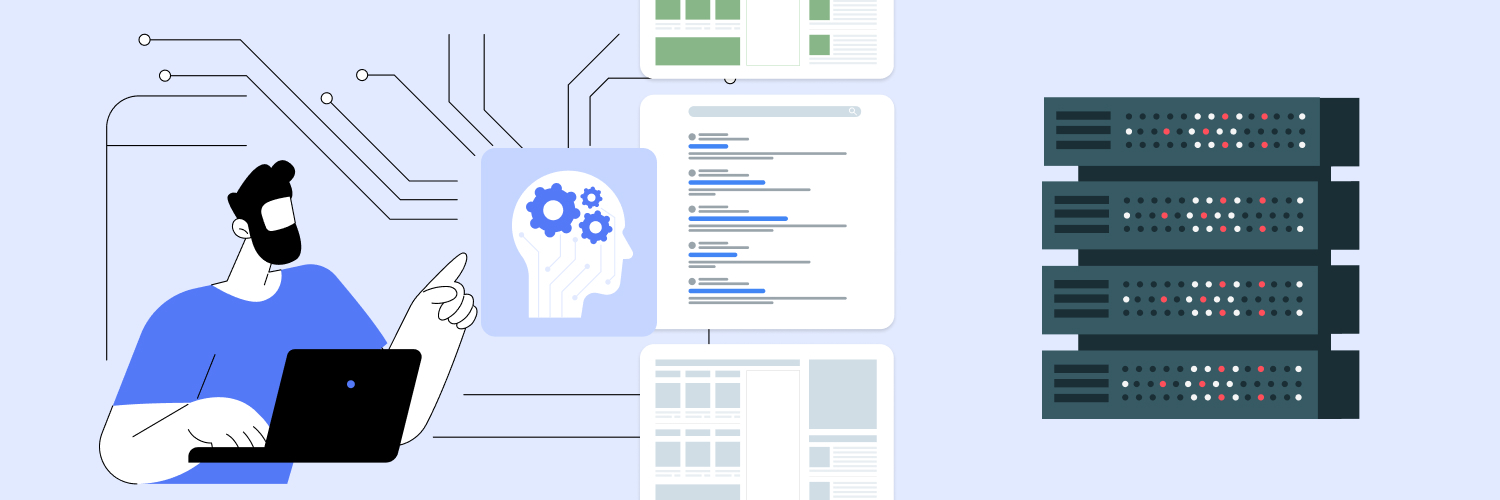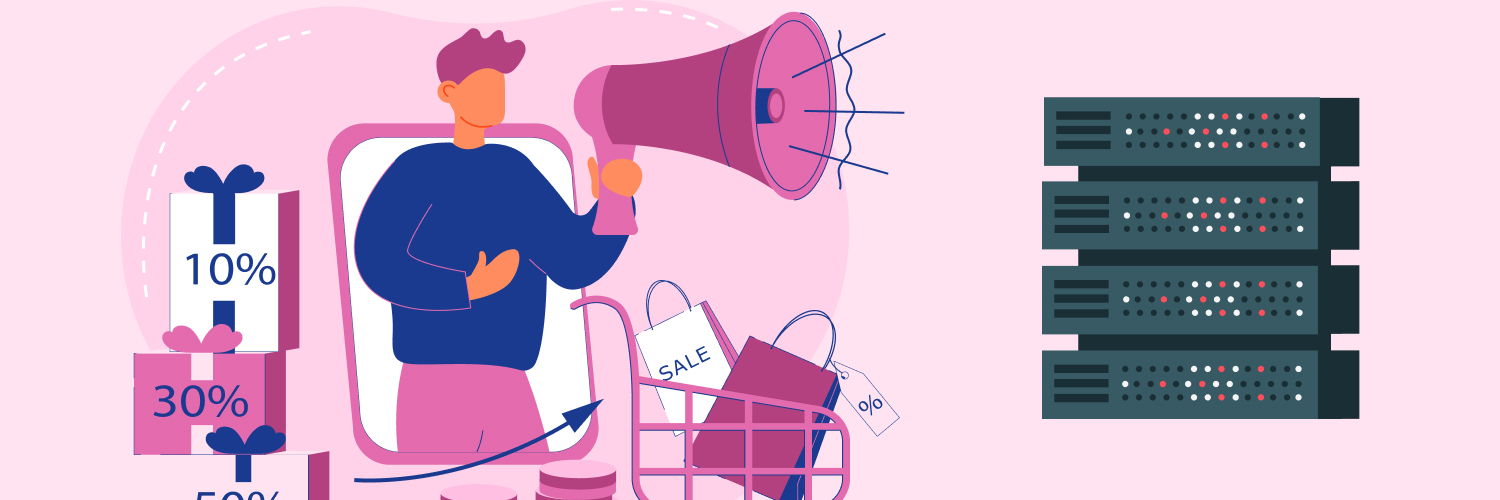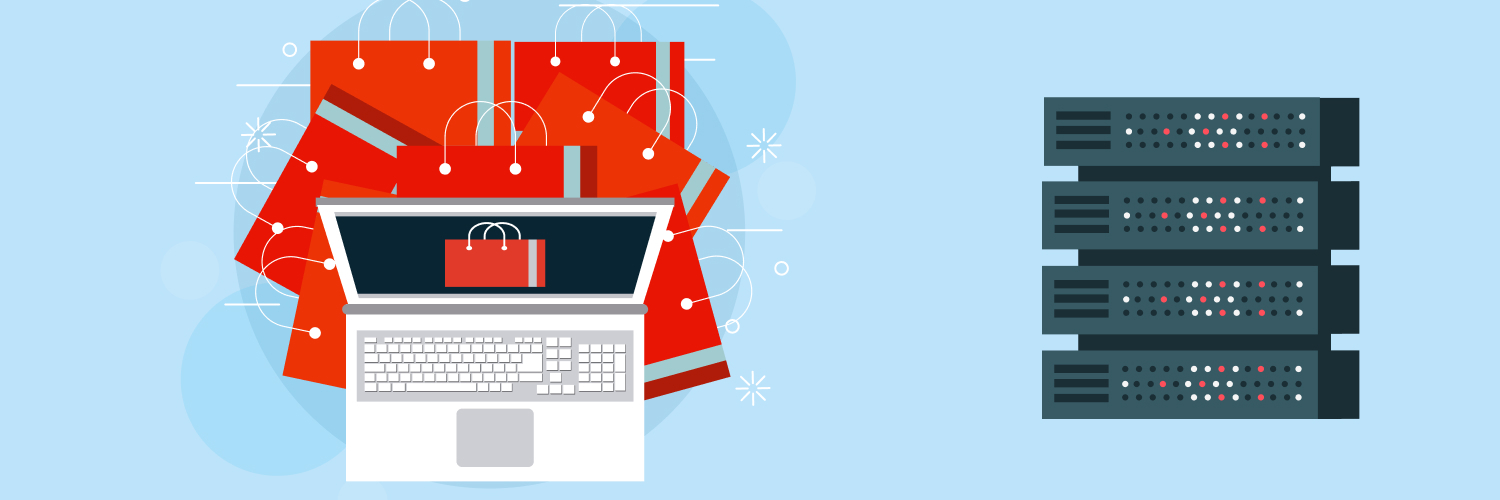Understanding Transparent Proxies: Definition, Benefits, and Uses
Transparent proxies are very common. They are often used to monitor and even filter incoming internet traffic on web servers. Understanding how a transparent proxy works, when it is used, and what that means to your web scraping activities is critical.
You can find a transparent proxy that is being used for various tasks very easily. For example, they are very commonly used in public Wi-Fi hotspots. They can also be used in workplace networks. They are helpful in these situations because they help with many of the most important tasks, including load balancing, caching, authentication, and content filtering. They are also often called an inline proxy, a forced proxy, or an intercepting proxy. No matter what they are called, they act in a way that does not modify requests and responses.
Consider how this might work in a workplace network. An employee using that network may be using the web to find information. They find themselves reading an article they think is coming from a reliable source. However, that news article could actually have been delivered from a transparent proxy that is running within the corporate network instead. There is no difference in the experience the user has throughout this process. The workplace network allows the employer to monitor what the employee is doing, and when it needs to do so, it can restrict access to some websites.
In short, a transparent proxy will sit between the server and your computer. The only difference between it and a traditional proxy is that the transparent proxy is invisible. The client whose traffic is moving through it does not know that the proxy is even there.
How a Transparent Proxy Works

A transparent proxy server works behind the scenes. It operates somewhat in the same way as any type of proxy, but there are a few differences.
When a user types a request into a traditional proxy, such as a URL, the request goes first to the proxy server. It then changes your IP address (from where you are located when completing your request) to a public IP address. This is then submitted to the destination website. That website does not see your IP address as a result. The proxy server captures the necessary information from the end destination and then sends it back to you.
With a transparent proxy, there is no client-side configuration. Rather, they are set up on an entire network. That means they are invisible to the individual client. It is quite common for people using these proxies to not even know they are there. They do not modify any of your information when sending information requests to destination websites either. That means that the request to the destination website seems to have come directly from you.
The difference here is in what is being hidden. With a traditional proxy, your IP address is hidden from the destination website. With a transparent proxy, your IP address remains the same, and the destination website will see it. The difference, then, is that the individual user may not know that the transparent proxy is in place.
Why Use a Transparent Proxy Server?

It may seem that a transparent proxy server is only meant to monitor employees’ activities. Yet, there are other ways in which they can be used, and in many situations, they can provide exactly the information and resources you need.
It is not common to use transparent proxies on an individual device. While possible, it tends to be a lot of work without a significant payoff. That is why most transparent proxy use is done by larger organizations and ISPs. Why are they used, then? There are numerous potential reasons why they may be applied.
Monitoring Users and Censorship Needs
One of the most common reasons to use transparent proxies is to afford a layer of censorship or monitoring of those using the network. It can censor the content that is being accessed on the network.
A common reason for this, for example, may be to block access to a specific website or social media website. That would make it impossible for an employee to spend their time on the social media site using the network connection.
It is common for public organizations, such as governments, libraries, and schools, to implement these types of blocks as well. They limit the websites that people on the network can access, potentially censoring sensitive data or content. A parent may wish to implement this type of censorship to minimize their child’s access to sites they do not want them to see.
The secondary component of this is monitoring. Some transparent proxies are used not to block or limit access to sites but rather to monitor what the employee or other network users are doing. An employer may want to see how much time an employee was spending on various tasks, for example. It may also help to protect or provide insight into the types of restricted content the employee is seeking.
Authenticating Users
Another reason a transparent proxy may be helpful is when users need to be authenticated before providing access. The best example of this is the use of public Wi-Fi. These hotspots must authenticate users to ensure they have the right to use the network.
If a person is using a coffee shop to conduct business, the coffee shop may not want everyone in the community using its Wi-Fi hotspot. It just wants the customers within its space to do so. To achieve this, it can set up a requirement to authenticate each user. In doing this, a person trying to use the network is sent to a sign-in page. They can only move into the network if they agree to the terms and conditions.
Consider a transparent network proxy for Apple System Services. A transparent network proxy on Apple system services requires that the user log in or authenticate their device before they can access that content. Users may be asked for a login keychain to do so. That means that there is a transparent proxy in place.
Reduce Bandwidth Demand
In an environment where bandwidth may be a factor, a transparent proxy may offer help. It can be used for caching, for example, to reduce the network’s demand. Instead of all the computers on a network reloading and downloading the same software or file, it is saved on the network so that all users can access it as needed. The data is cached in the system and stored within the proxy server.
If a computer user requests that information, they are not directed to the Internet to find it. Instead, it is sent right from the cached data on the proxy. That means it is accessed at a faster rate, and there is less demand on the network as a result.
Some companies also limit bandwidth by using caching proxies. In situations where connectivity could be a problem, this can help provide faster and less-at-risk service connections to users.
Confidentiality with a Transparent Proxy
Users may also find that a transparent proxy can work very well at providing overall confidentiality and protection. One type of transparent proxy is an SSL proxy. In these cases, the proxy can be used to inspect HTPPS traffic. It can then be used to improve security on that network.
In this situation, the SSL proxy will carry out the SSL encryption process. It will also handle the decryption process. This helps to keep sensitive data hidden as it moves between the client and the server. This presents a third party that is unauthorized to capture and use that information or otherwise interfere with the process.
DDoS Protection
When you consider what a transparent proxy is, you may also wish to think of it as a protective layer or shield. It can be very helpful in mitigating risks from cybersecurity threats, which are growing in commonality across the internet today. Utilizing a type of transparent proxy called a TCP intercept, the proxy can work to protect the web server against distributed denial-of-service attacks, also known as DDoS attacks.
To do this, the TCP intercepts and tracks all of the connections made within the network. If an inactive connection becomes too large, it will replace it with a fresh one. This prevents the onset of sudden and often devastating attacks on a network.
The Benefits of Using a Transparent Proxy

It is certainly beneficial to use a transparent proxy in many situations. Because it is hidden so well, it is one of the most effective tools for managing what is happening within your network in the background. Transparent proxies can offer some nice benefits for overall use, and that is why they are so commonly used.
Browser quality improves. One of the benefits of transparent proxies is that it allows for caching. That means the proxy itself helps the network perform better by reducing its overall demand. Caching capability helps improve the browsing process online. This ultimately saves upstream bandwidth and reduces overall loading times. In a large network with limited capacity, this is quickly realized.
Performance during overload. In some situations, the transparent proxy will work better than an explicit proxy in instances of overloading or failure. In this situation, they have an interception element that keeps track of the proxy’s overall functionality and use. It then troubleshoots the problem, getting users around it more efficiently.
Easy to install and use. A transparent proxy is not challenging to install by any means. In most situations, it can be easy to set up within a few hours, and once in place, it does not require a lot of maintenance and upkeep for users. When you use a well-known proxy solution like Rayobyte, you really have a great product that does not require a lot of your time.
Network security. While your transparent proxy server is not looking out for malware or providing specific cybersecurity steps, it can still contribute to network security by allowing the user to establish guidelines for accessing the internet. This may include putting limitations on what types of websites can and cannot be used.
Tracking users offers audit support. In some industries, it is critical to have a log that documents each of your network users and where they are interacting with content or data on the network. With a transparent proxy, there is no limitation to what the individual can do, but there is a data trail that can be used to provide verification later of what that party was doing.
Data compression. Another benefit is in data compression, which is much like the caching benefit. In short, the same material is presented to those who request it, but it is not pulled brand new from the website every time. That means less data is moving across the system.
DDoS security. As noted, a transparent proxy can offer some level of protection from DDoS attacks. While it is not the perfect solution in all cases, it will work well for this process in most situations. It does this by buffering to protect the server from botnets specifically. That means those bots cannot make unwanted requests to your website and, as a result, take down your system.
The Disadvantages of Using a Transparent Proxy

There are some situations in which a transparent proxy server is not the ideal fit. There are various types of proxies out there, and you can find one that meets most of your needs. In the following situations, transparent proxies are not generally the best option overall.
There are availability limitations. You must understand how client-side modifications could influence the functionality of the proxy. This is because these proxies specifically depend on network equipment to work, including server OSs, to be admitted. You must know the current configuration and how well it aligns with your objects.
There could be data risks. In some situations, there may be risks to data. Establishing appropriate protocol selection may help you to avoid this concern. That may include the use of SSL proxies, which can further enhance safety. However, if for any reason you do not put these in place, that could leave the network vulnerable to malicious attacks. It may expose the network to data leaks. For this reason, if you are utilizing a transparent proxy, it should be put in place by someone who has experience.
Network problems and limitations. Another concern for some situations is how the proxy is configured. If not done properly, this can cause numerous issues. For example, a poorly set up transparent proxy actually works against the network and will slow it down considerably. This can lead to connection drops.
Eavesdropping. While the party installing the transparent proxy may be doing so as a way of preventing risk, there is the potential of someone watching or eavesdropping on your activities. In situations where you do not want someone to see what you are doing online, this type of proxy is certainly not the best solution. It would take just a single hack of the system to obtain tons of sensitive data.
How to Determine if a Transparent Proxy Server Is In Place

For those that are navigating the web, one thing is for certain. You are likely to encounter transparent proxies from time to time. If you are operating on a network, there probably is one on the network, especially at work, in government offices, or at schools. Still, you may want to know that they are there, especially if you are trying to engage in activities like web scraping to pull the information you need.
It is possible to detect the presence of a transparent proxy in some situations. To be clear, it is not simple, and it is very easy to miss them (that is the whole point of using them, after all). However, there are a few tips you can try to determine if there could be a transparent proxy in place.
HTTP Response Headers: One of the ways to determine the presence of a transparent proxy is to look at the HTTP response header. This is what you get from the website when you send a request. If you see any headers that hint that there is an involvement with a transparent proxy, you know it is there. For example, use the “Inspect” option within your browser on the page you land on. Look for HTTP headers that could indicate the transparent proxy, such as “x-Forwarded-For or Via.” If you look at the details, chances are good that there is a transparent proxy in use, and they are not even trying to hide it.
Proxy detection tools: Another route to determining if there is a transparent proxy in place is to use a third-party proxy detection site. You simply put in the URL of the destination website, and it scans it. It will then look up the information and find clues of the proxy’s presence.
Is the Use of a Transparent Proxy Safe?

One of the many questions people have is about the safety of using a transparent proxy. In most cases, it is definitely safe to use it. In fact, it allows you to gain access to the internet sites you need quickly and easily. However, there are limitations on what this proxy will allow you to do. If you want to visit a website for a specific need, but the proxy is configured to block access to that website or group of websites, you will not be able to access it through the proxy.
In most other situations, a transparent proxy will just keep sending requests you make to their destination, not really interfering with what you are doing in the process.
Transparent Proxy Use for Web Scraping

One of the most important factors to consider when it comes to web scraping is getting around the bots that hold you back. Your goal is to capture valuable data from websites without having your IP address detected. You also do not want the destination website to know who you are or what you are doing. That is where there are limitations to transparent proxies for web scraping.
A transparent proxy mode does not alter the content of your IP address. That means it does not hide you or what you are doing from the website and others with access to the network. Therefore, you cannot run your web scraping on a proxy like this unless you put in place some protocols and ensure your personal information is safe.
Finding the right solution for your needs is important. For web scraping, you definitely want to use proxies in different web browsers to meet your ongoing use. Take the time to check out all of the options available before you choose any type of web scraping tool to help you.
Web scraping’s goal is to capture data from websites that can be used for decision-making or to determine where a product is in inventory. You need to be able to:
- Access sites quickly and efficiently
- Mask your IP address in many situations
- Capture that information and send it back quickly
- Get around anti-blocking software that aims to limit access
Rayobyte offers a variety of proxy options that may be able to help you with this. This includes robust options like data center proxies, residential proxies, and more. If you are struggling with your web scraping due to the presence of tools that prevent you, our proxy solutions can help you get around those limitations. Check out our products, including our proxy options at Rayobyte now.
The information contained within this article, including information posted by official staff, guest-submitted material, message board postings, or other third-party material is presented solely for the purposes of education and furtherance of the knowledge of the reader. All trademarks used in this publication are hereby acknowledged as the property of their respective owners.




